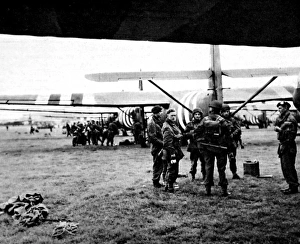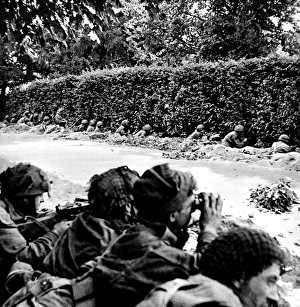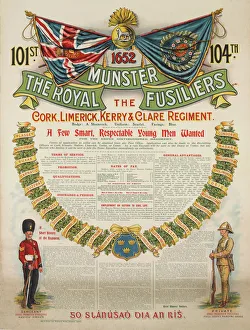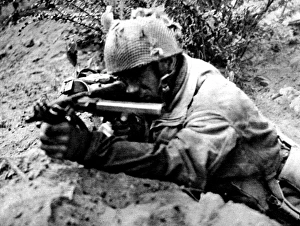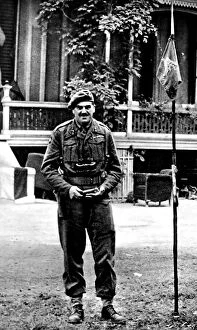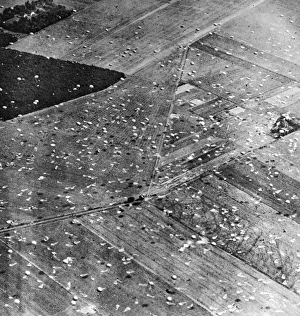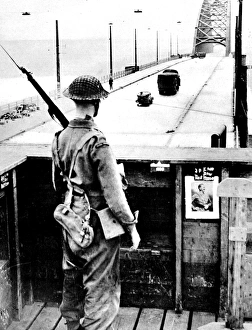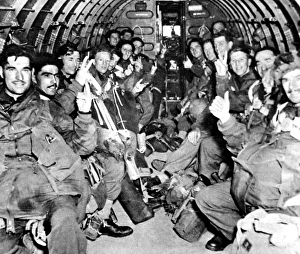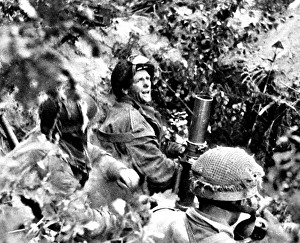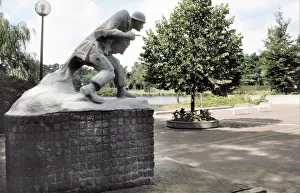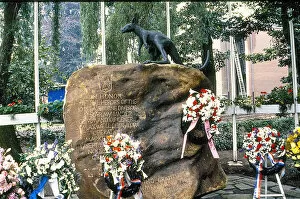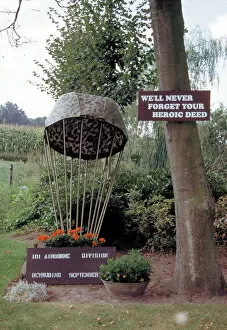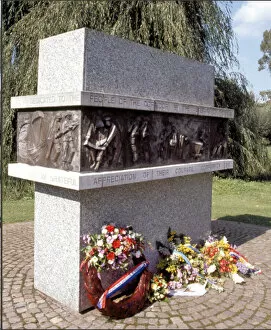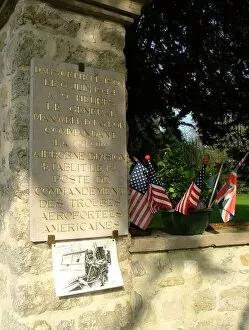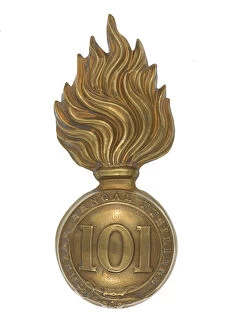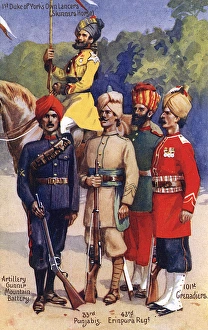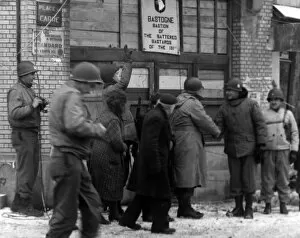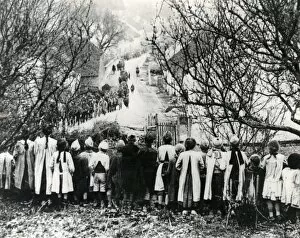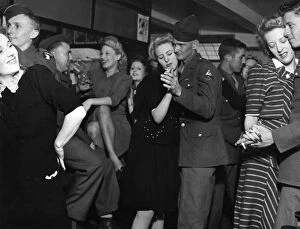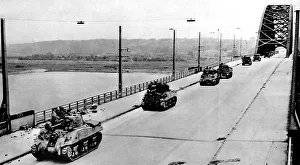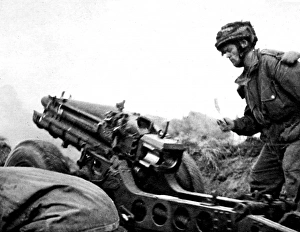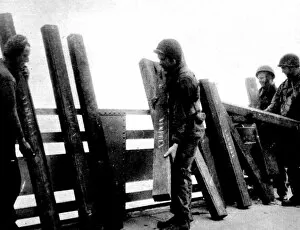101st Collection
"101st: The Unyielding Spirit of the British First Airborne Division in World War II" In the midst of Operation Market Garden during the Second World War
All Professionally Made to Order for Quick Shipping
"101st: The Unyielding Spirit of the British First Airborne Division in World War II" In the midst of Operation Market Garden during the Second World War, gliders stood ready to transport brave soldiers into the heart of Arnhem. With unwavering determination, a soldier from the British First Airborne showcased his valor in action on the streets of Arnhem. Dug deep into their defensive positions, the British First Airborne held steadfast against relentless enemy attacks. Recruitment posters adorned walls across Britain, calling upon courageous men to join this prestigious military unit. Major-General R. E. Urquhart led his troops with unparalleled bravery and strategic brilliance amidst the chaos that engulfed Arnhem. Parachutes filled Holland's skies as part of an Allied Airborne Army operation. A vigilant British sentry kept watch over Nijmegen Bridge, a vital lifeline for advancing forces. Men from the 101st Regiment embarked on perilous journeys within gliders towards their destined battlegrounds. The legacy extended beyond World War II; even during WWI, representatives from the British Indian Army proudly served under its banner. In earlier times, dating back to 1864 in Rawal Pindi, India witnessed formations of what would become known as one of history's most renowned regiments - 101st Regiment. Honoring their fallen comrades and celebrating victory against all odds, a memorial dedicated to Belgium's Piron Brigade stands tall in Opheusden, Holland. It serves as a testament to unity among nations fighting side by side against tyranny. Through countless battles and sacrifices made by these valiant warriors throughout history, "101st" has become synonymous with courage and resilience that echoes through time itself.

